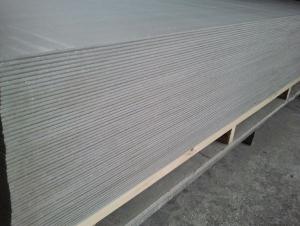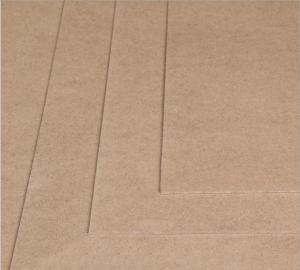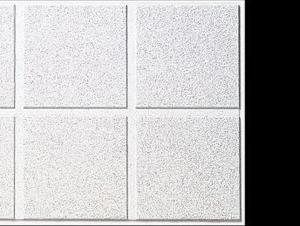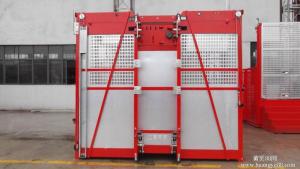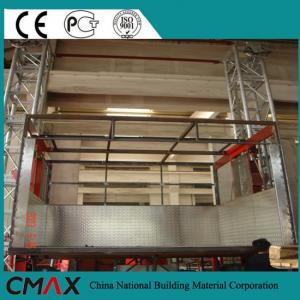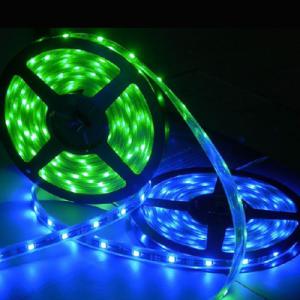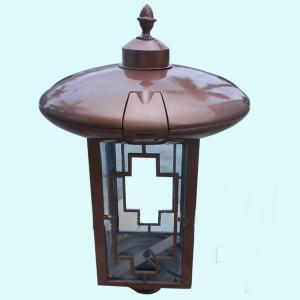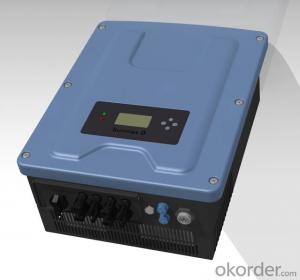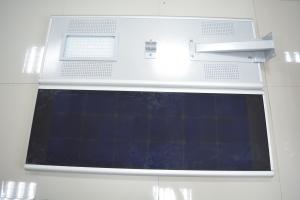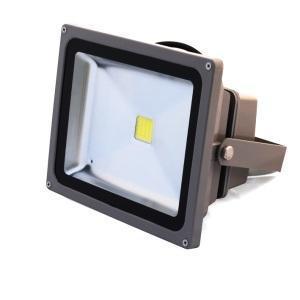D Light Solar Inverter
D Light Solar Inverter Related Searches
Led Light Bulbs For Ceiling Fixtures Led Lamps For Ceiling 42 In Ceiling Fan With Light Parts For Light Fixtures Light Projector For Christmas Grill With Led Light Bar Hanging Lights For Kitchen Bar Ceiling Lights For Sitting Room Ceiling Brackets For Lights Ceiling With Led LightsHot Searches
Price For Stainless Steel Scrap Scrap Price For Stainless Steel Price For Stainless Steel Price Of Shipping Containers For Sale Stock Price For Aluminum Air Pump For Aquarium Price Used Foam Board Insulation For Sale Bags Of Cement For Sale Types Of Temporary Side Panels For Cement Deck Magnesium Oxide Board For Sale Hdf Board For Sale sintra board for sale Solar With Inverter Price Pedestal Fan With Water Spray Price Price Of Scrap Stainless Steel Price Of Stainless Steel Scrap Price Of Stainless Steel High Mast Light Price List Solar High Mast Light Specification Used Foam Board Insulation For SaleD Light Solar Inverter Supplier & Manufacturer from China
Okorder.com is a professional D Light Solar Inverter supplier & manufacturer, offers integrated one-stop services including real-time quoting and online cargo tracking. We are funded by CNBM Group, a Fortune 500 enterprise and the largest D Light Solar Inverter firm in China.Hot Products
FAQ
- To calculate the efficiency of a solar inverter, you need to divide the output power by the input power and multiply the result by 100 to get a percentage. The formula is: Efficiency = (Output Power / Input Power) * 100.
- Yes, a solar inverter can be remotely monitored and controlled. Many modern solar inverters are equipped with built-in communication capabilities, allowing them to be connected to a monitoring system or software. This enables users to remotely monitor the performance, efficiency, and power output of their solar inverters, as well as control various settings and parameters. Remote monitoring and control of solar inverters can provide real-time data, fault detection, and even allow for performance optimization, making it easier for owners or operators to manage and maintain their solar energy systems.
- Installation and maintenance of photovoltaic grid - connected inverter
- only when the local power sector permission by the professional and technical personnel to complete all the electrical connection before the inverter can be connected.
- Yes, a solar inverter can be used for off-grid systems. In fact, it is an essential component of off-grid solar systems as it converts the DC power generated by solar panels into AC power that can be used to run appliances and devices. The solar inverter also manages the charging and discharging of batteries in off-grid systems, ensuring a stable and reliable power supply even when the sun is not shining.
- The different output waveforms of a solar inverter can vary depending on the type and design of the inverter. The most common output waveform is a modified sine wave, which is a stepped approximation of a true sine wave. However, some solar inverters can produce a pure sine wave output, which is an exact replication of the smooth sinusoidal waveform found in utility power. Additionally, there are also solar inverters that can produce a square wave or a quasi-square wave output waveform. The choice of output waveform depends on the specific application and the compatibility requirements of the connected appliances or equipment.
- The efficiency of a solar inverter is typically measured by comparing the amount of direct current (DC) power produced by the solar panels to the alternating current (AC) power delivered by the inverter. This measurement is known as the inverter efficiency and is expressed as a percentage. The higher the efficiency, the more effectively the inverter converts DC power into usable AC power, resulting in greater overall energy production from the solar system.
- The role of a solar inverter in power quality management is to convert the direct current (DC) generated by solar panels into alternating current (AC) suitable for use in the electrical grid. In addition to this primary function, solar inverters also play a crucial role in managing and maintaining power quality by ensuring a stable voltage and frequency output, reducing harmonics and reactive power, and providing grid support functions such as voltage regulation and power factor correction.
- Yes, a solar inverter can be upgraded or expanded in the future. Inverter technology is constantly evolving, and manufacturers often release firmware updates or offer hardware upgrades to improve performance, add new features, or increase capacity. Additionally, in case of increased energy demands or the addition of more solar panels, it is possible to expand the system's capacity by adding additional inverters or upgrading the existing inverter to a higher capacity model.
